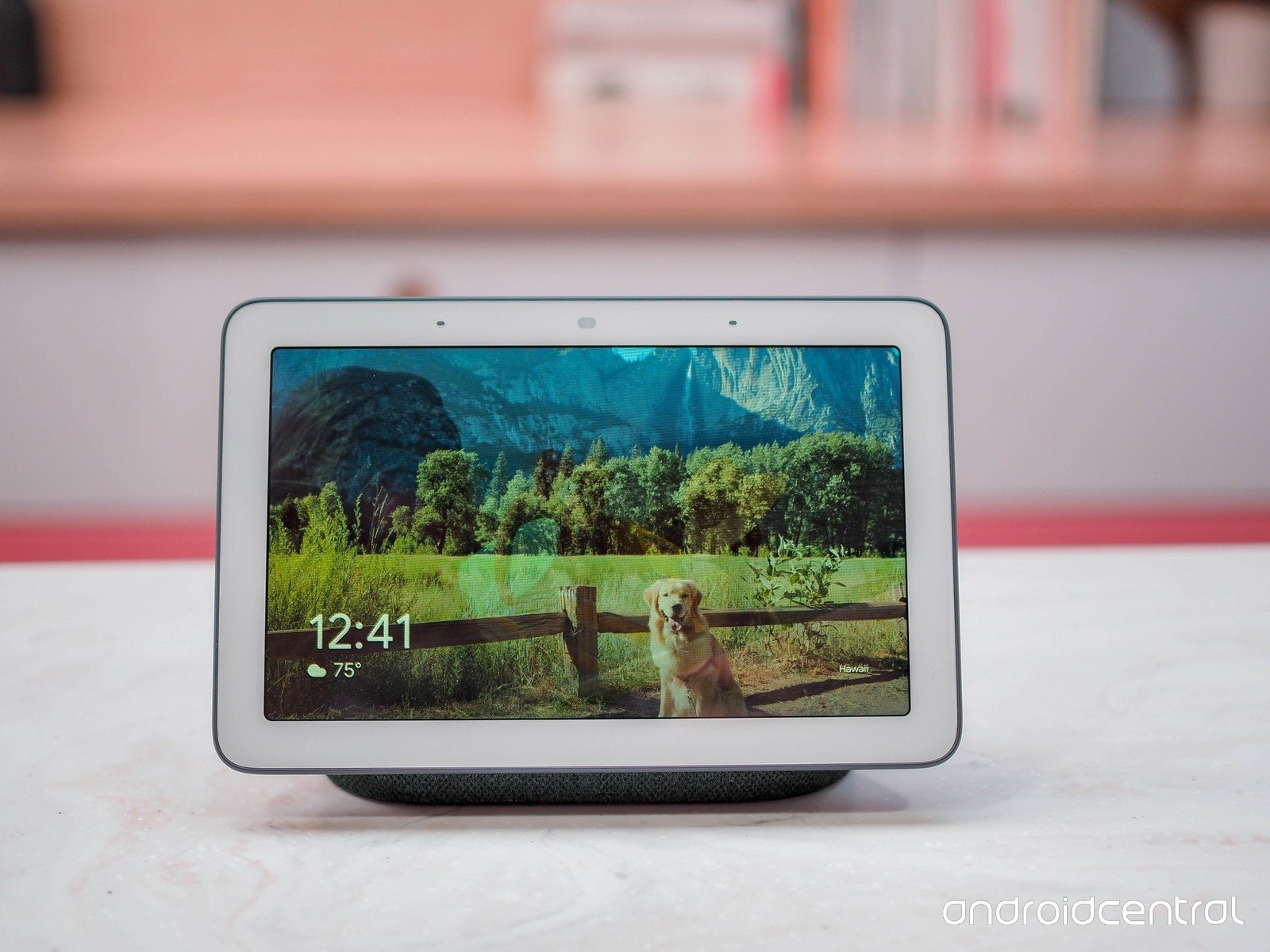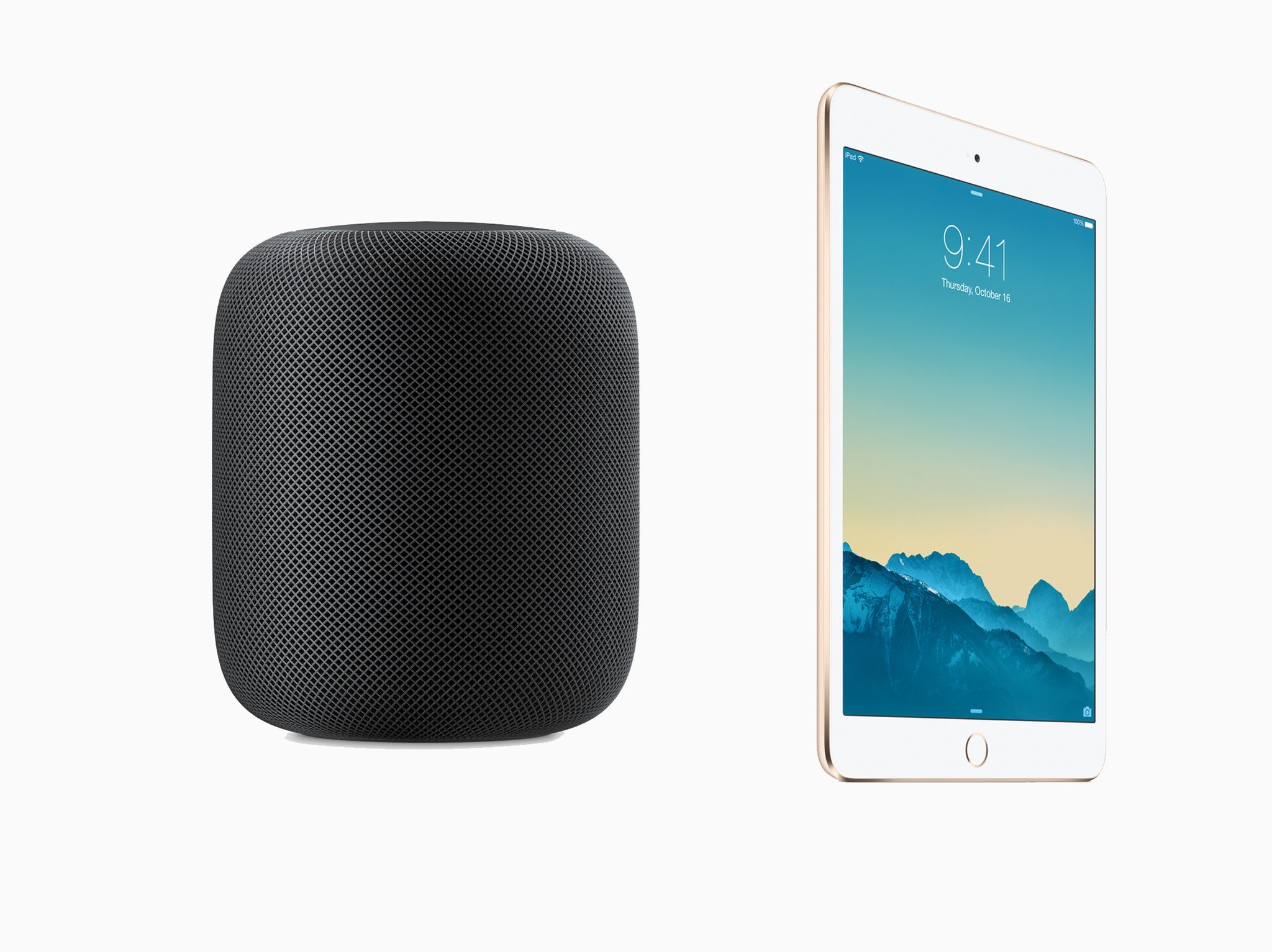The Case for a HomePod with a Screen

Google has announced the Google Home Hub, a 7-inch tablet/speaker combo designed to live in your kitchen or perhaps on your nightstand.
It is powered by the Google Assistant, can stream from various media services, show images in your Google Photos library and control a wide range of smart home devices.
Then there's the Echo Show. At $229, it's $80 more than the Google Home Hub, but comes with a 10-inch screen and is powered by Alexa. While not as web-savvy as the Google Assistant, Alexa boasts an ever-growing library of Skills that it can use to control all sorts of devices and pull data from various sources across the web.
Apple, of course, is not playing in this particular product sandbox.
The HomePod, of course, is often compared to the Google Home and Amazon Echo speakers on the market, even if Apple likes to think of it as a "music first, smart assistant second" device. But I think Apple could make a move here that would be compelling for those of us in the Apple ecosystem, using services like iCloud and Apple Music over Gmail and Spotify.
Let's imagine what this product could be like. For lack of a better name, let's call in the HomePad.
Hardware
I am no expert in hardware design. The desk I built for my office is literally an old door screwed to some second-hand Ikea desk legs. Despite my lack of finesse in this area, it's easy to see how Apple could build something to compete in this category.
iMore offers spot-on advice and guidance from our team of experts, with decades of Apple device experience to lean on. Learn more with iMore!
Jony Ive could just stick an iPad or iPad mini to a HomePod and boom! A new device is born.

While I'm sure a HomePad would be carefully considered and appear to float about the countertop, effortlessly, as if it wants to be there, a screen between 7.9 and 9.7 inches would make this product fit in line with what Amazon and Google are already shipping. I'd say just gaff tape these two products together and go on vacation, Jony.
Using the HomePod would also make Apple's product sound way, way better than anything Amazon or Google are currently selling. Even now, I find myself surprised at just how good the HomePod sounds, and that sort of technology would be great in a product with a screen.
Of course, if Apple really did velcro an iPad and HomePod together, it would be a very expensive product, but I'll leave that for Jeff Williams to work out as Apple COO. Apple can't walk in with a $749 device here.
A hot-button topic when discussing these products is privacy. The Echo Show houses a camera, which makes some people (understandably) uneasy about putting one in the bedroom. On the other hand, the Google Home lacks a camera.
I think Apple would want to include a camera of FaceTime calls, but I would want the company to do a very un-Apple-like thing: include a physical shutter to close the camera off and a switch to disable the microphones. I think knowing that a device isn't watching or listening is critical this day and age.
(The original iSight camera was an external FireWire webcam and included a clever way to cover up the lens. Apple could do it again.)
Software
Of course, the magic of this device would be the software.
While I would want — and expect — this device to run iPad apps natively, I think a home screen full of apps is the wrong default user interface. That should be present, but Siri should be the primary way to interact with the device.
In addition to all the normal Siri stuff, Apple could use the technology to surface memories from iCloud Photo Library, show alerts about the rain storm on its way, remind people of upcoming events and more. In thinking about this, I keep seeing a beefed-up version of the Siri Apple Watch face.
Information from third-party applications, either on the device or on a paired iPhone, could be shown in-line with content and information from Apple and its services.
Imagine a world where developers could surface more visual information to Siri. The command would change from "Find me a cookie recipe" to "show me recipes of cookies."
Third-party apps would be a real game-changer in this category. While Alexa and Google Assistant are both extensible, the OSes they are tied to don't hold a candle to iOS and its broad ecosystem.
By supporting iPad apps, it would mean the HomePad would have access to things like Overcast, Netflix, YouTube, and many, many more media apps. Productivity apps would probably be less popular, but still a nice addition over what can be done on these types of products today.
Of course, being half-HomePod, this device would be a killer Apple Music client, showing lyrics on its screen as music plays, while also offering easy-to-use controls on screen to skip tracks, change volume, etc.
One area that Siri trails Google Assistant is in the recognition of multiple voices. Google can tailor an experience based on who is talking, and be more helpful in the kitchen, Siri should gain this ability as well.
As frustrating as it can be that a HomePod is more or less tied to one Apple ID for things like Messages and other personal data, a device with a screen in the kitchen would be doubly frustrating if locked to a single user.
The Future
I don't know if this category of devices will take off. I know for some, even a smart speaker is a bridge too far. However, I think with a screen, these devices can be more useful and compelling.
If the Echo Show and Google Home Hub do prove to have a future, I'm sure Apple will be looking at them, coming up with ways to differentiate with a product of their own. Apple often does its best work when it moves into an existing market and turns it upside down. It worked for the iPod, iPhone, and iPad. It's a playbook that will continue to work, and could prove very interesting in the kitchen.
Stephen Hackett is the co-founder of the Relay FM podcast network. He's written about Apple for seven years at 512 Pixels, and has more vintage Macs than family members living in his Memphis, TN home.

